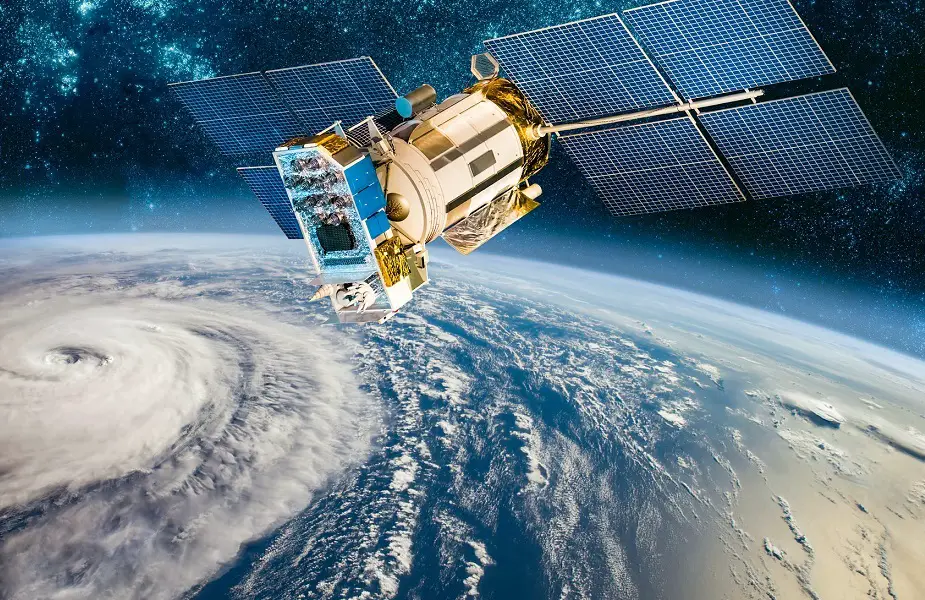Breaking news
General Atomics completes final design review for US Space Force weather system satellite program.
General Atomics Electromagnetic Systems (GA-EMS) announced on February 18 that it has successfully completed the Final Design Review (FDR) of its spacecraft design for the U.S. Space Force (USSF) Space Systems Command Electro-Optical Infrared (EO/IR) Weather System (EWS) satellite program. GA-EMS has developed a prototype EWS spacecraft utilizing a reliable, redundant bus with a high performance EO/IR weather sensor payload to support the USSF as it looks to transition from aging on-orbit systems to next generation weather satellites.
Follow Air Recognition on Google News at this link
 As the prime contractor, GA-EMS has assembled a highly experienced, best-in-class team to successfully deliver the EWS satellite design. The team includes EO Vista, LLC to provide the EO/IR weather sensor payload, Atmospheric and Environmental Research (AER) Inc. for weather product generation, and Parsons Corporation to provide Enterprise Ground Station command and control and operations support. Image for representation only (Picture source: Raytheon)
As the prime contractor, GA-EMS has assembled a highly experienced, best-in-class team to successfully deliver the EWS satellite design. The team includes EO Vista, LLC to provide the EO/IR weather sensor payload, Atmospheric and Environmental Research (AER) Inc. for weather product generation, and Parsons Corporation to provide Enterprise Ground Station command and control and operations support. Image for representation only (Picture source: Raytheon)
“Successfully completing the EWS program FDR is a vital milestone for us,” stated Scott Forney, president of GA-EMS. “We are extremely proud of the team’s results to date. Our goal is to be a weather mission partner with USSF by providing the USSF with new, more advanced technologies that ensure essential weather data is delivered to the warfighter and by supporting novel USSF initiatives such as weather data as a service.”
As the prime contractor, GA-EMS has assembled a highly experienced, best-in-class team to successfully deliver the EWS satellite design. The team includes EO Vista, LLC to provide the EO/IR weather sensor payload, Atmospheric and Environmental Research (AER) Inc. for weather product generation, and Parsons Corporation to provide Enterprise Ground Station command and control and operations support.
“In November 2021, we announced an up-scope of our EWS program efforts to deliver an on-orbit three-to-five-year prototype spacecraft with residual operational capabilities, rather than a one-year sensor demonstrator,” said Gregg Burgess, vice president of Space Systems at GA-EMS. “The Defense Meteorological Satellite Program satellites are rapidly reaching end of life. By pivoting to provide operational capability, we enable the Space Force to continue to support the warfighter by filling EO/IR cloud data gaps created as legacy satellites are retired. Our world-class manufacturing, test and integration facilities are ready to meet the critical build and launch timelines for EWS.”

























